
Category: PSU
-

How to Check Power Supply Wattage on Windows 10: Ultimate Guide
To check the power supply wattage on Windows 10, look for a sticker on the side of the power supply unit that provides information about the manufacturer, max output (in watts), efficiency rating, serial number, and more. Alternatively, you can use a PSU tester by disconnecting all internal components from the power supply, attaching the…
-
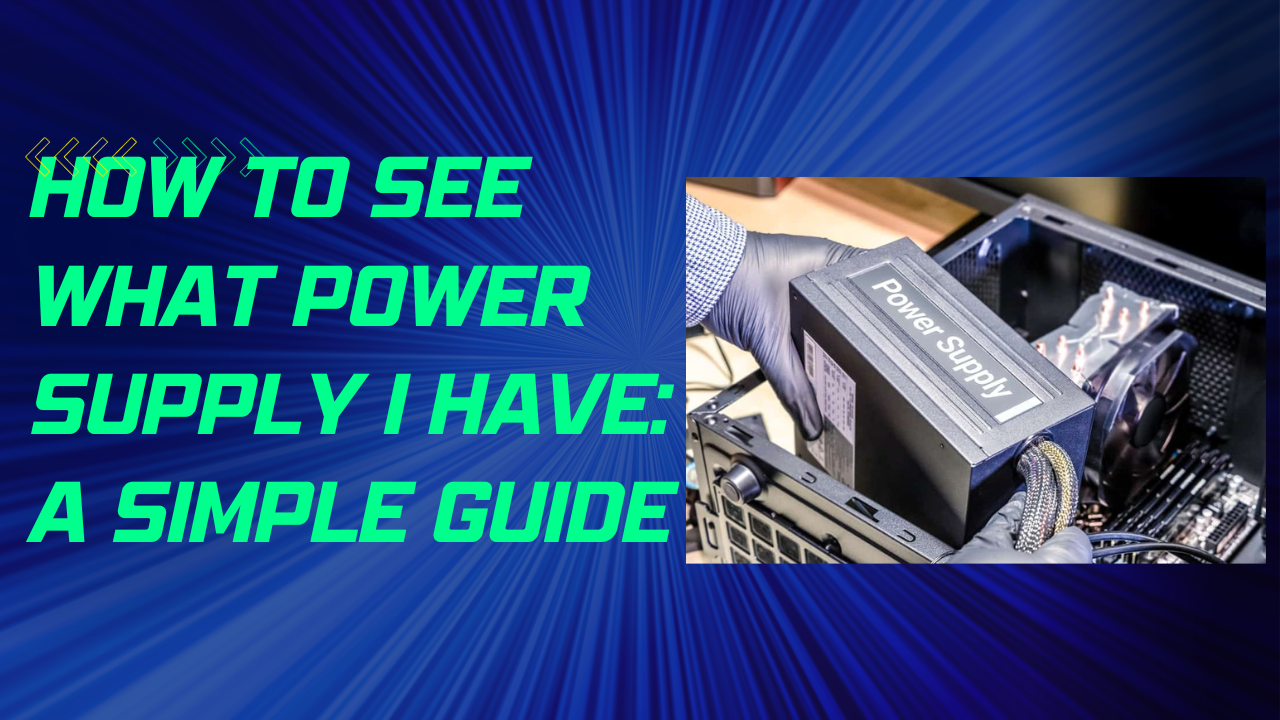
How to See What Power Supply I Have: A Simple Guide
To see what power supply you have, shut off your PC, unplug everything, remove one of the side panels of the case, and look at the power supply unit for the model and wattage information. Another way is to search for your PC’s model number on the manufacturer’s website and check the product specifications for…
-
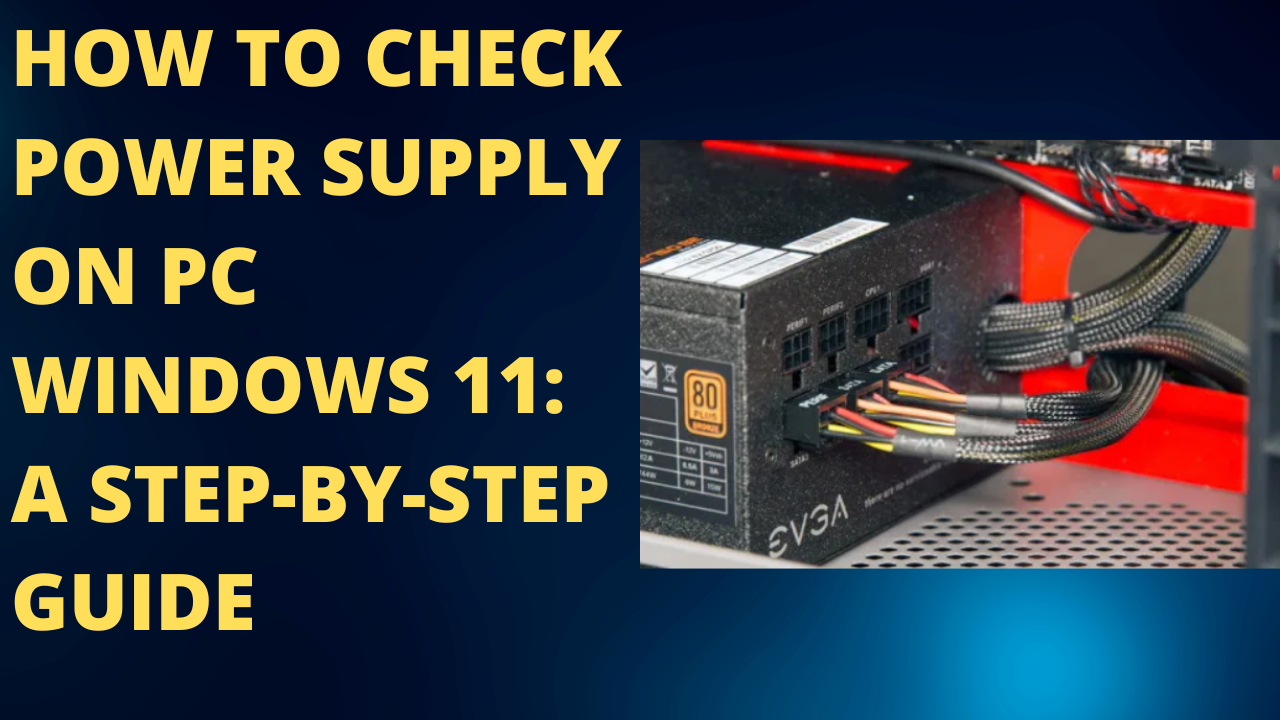
How to Check Power Supply on PC Windows 11: A Step-by-Step Guide
To check the power supply on a PC running Windows 11, you can follow these steps: shut off the power supply, turn it back on, and check if the fan starts spinning. Additionally, you can check the power supply information on the sticker located on one of the sides of the power supply unit. Another…
-
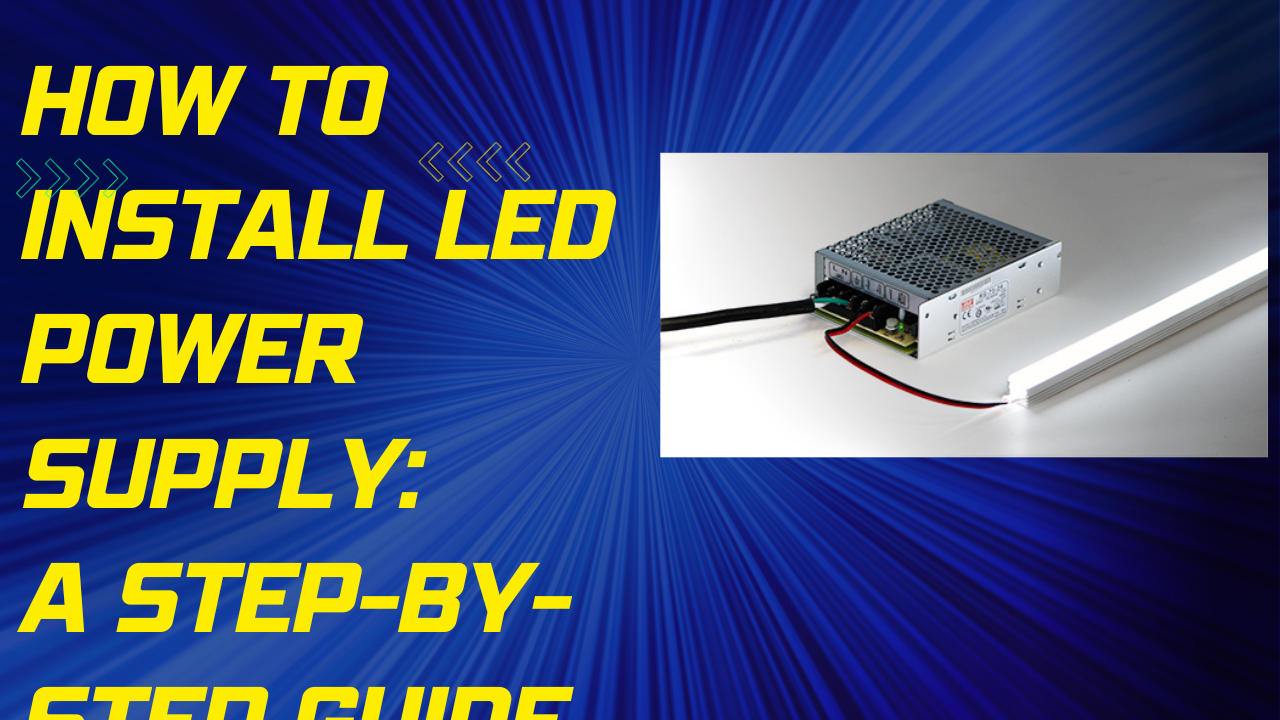
How to Install LED Power Supply: A Step-by-Step Guide
To install an LED power supply, first identify the input and output terminals on the power supply. Connect the input terminals to the mains power using the appropriate color-coding (blue for neutral, brown for live, and green & yellow for earth). Then, connect the output terminals to the LED strip lights, using black for negative…
-
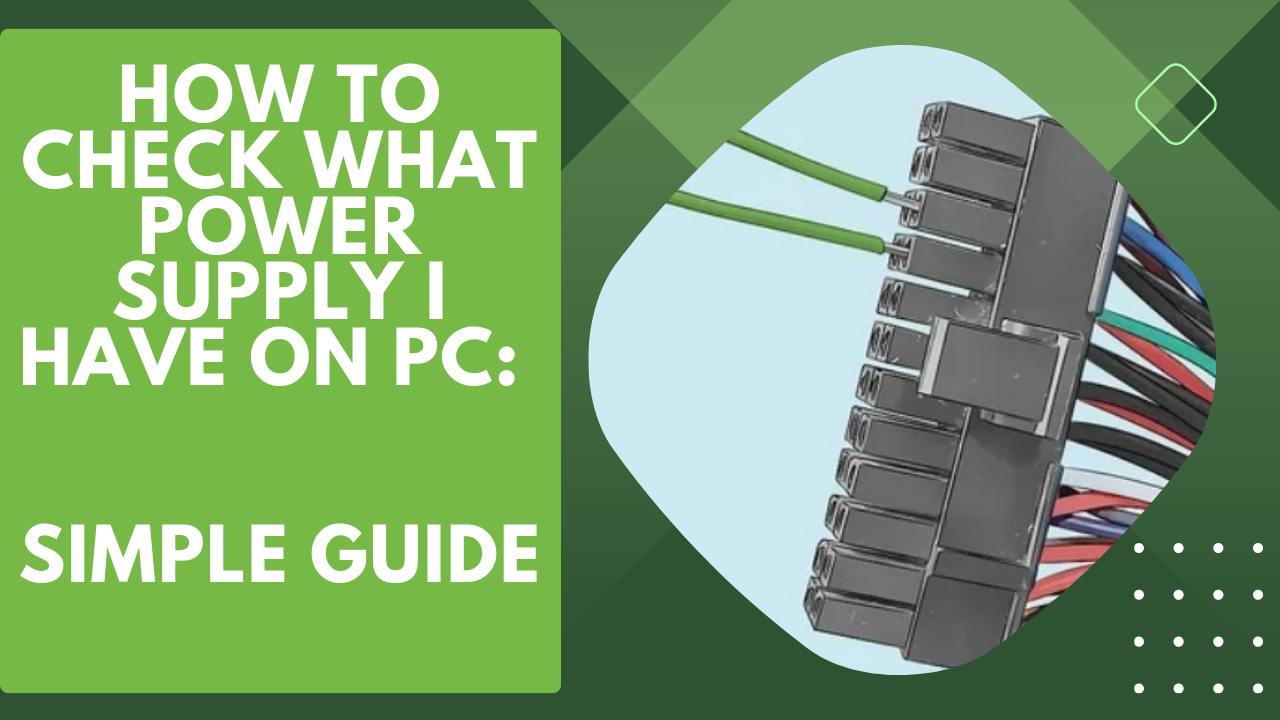
How to Check What Power Supply I Have on PC: Simple Guide
To check what power supply you have on your PC, turn off your computer, unplug everything, remove one of the side panels of the case, and locate the power supply unit (PSU). The model and wattage information should be visible on the side of the PSU. Another option is to search for the PC’s model…
-
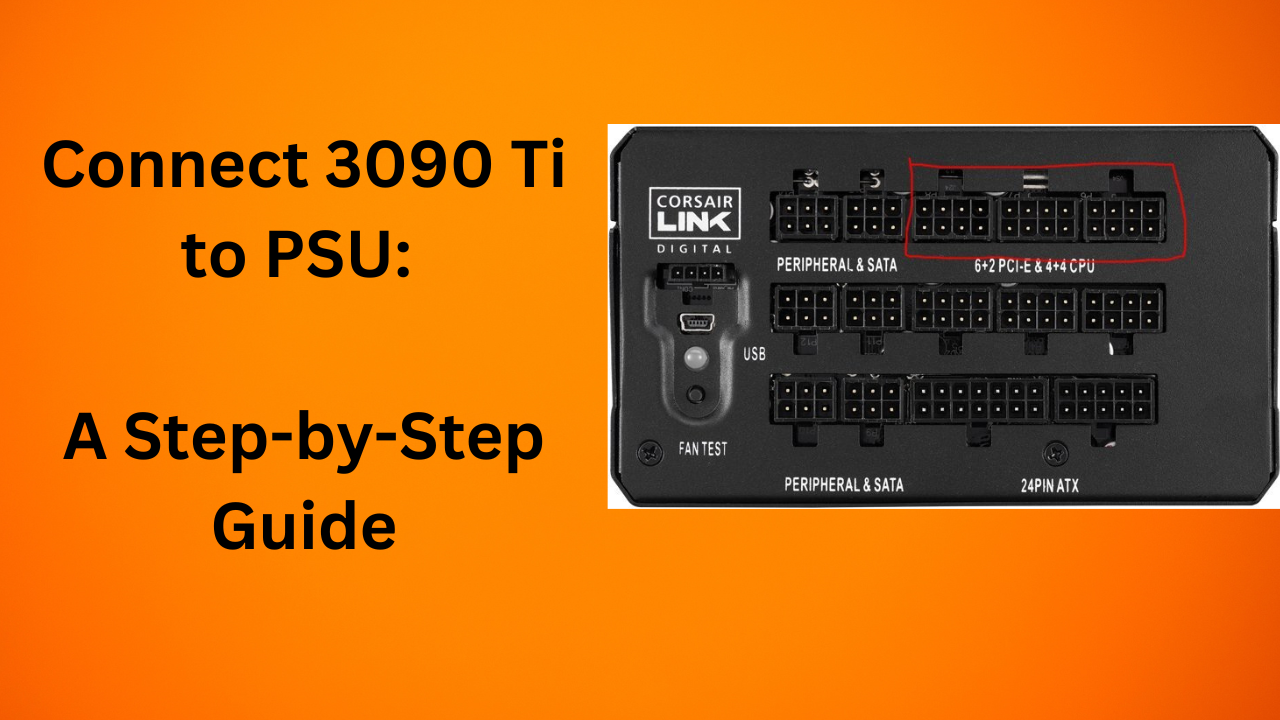
Connect 3090 Ti to PSU: A Step-by-Step Guide
To connect the 3090 Ti to the PSU, use three cables and connect them to the “dongle”, avoiding the use of daisy chain connectors already in use. This ensures a proper and secure connection. Properly connecting the 3090 Ti to the PSU is crucial for optimal performance and stability. By following these steps, you can…
-

How to Check What Psu I Have Without Opening Case: Quick and Easy Tips
To check the wattage of your power supply without opening the case, unfortunately, it is not possible. You will need to physically examine the power supply unit or refer to the computer’s manual or online documentation for the specifications. Why Is It Important To Check Your Psu? Checking your power supply unit (PSU) is an…
-

How to Find Out What PSU I Have: The Ultimate Guide
To find out what PSU you have, check the power supply on your PC by removing the side panel of its case or referring to the computer’s manual or contacting the manufacturer if it is a prebuilt PC. This information can be helpful when upgrading other components like the graphics card. Checking The Power Supply…
-

How to Find Power Supply on Computer: A Step-by-Step Guide
To find the power supply on a computer, look for a metal box located in the corner of the case. It is visible from the back of the system and contains the power-cord receptacle and cooling fan. Understanding The Basics Of Power Supply In a desktop computer, the power supply can be found as a…
-

How to Wire Two Light Switches With One Power Supply: Step-by-Step Guide
To wire two light switches with one power supply, you can connect the switches in parallel. This means connecting the line wire (usually black) to the terminal screws of both switches, and then connecting the load wire (usually red) to the other terminal screw on each switch. This setup allows you to control multiple lights…